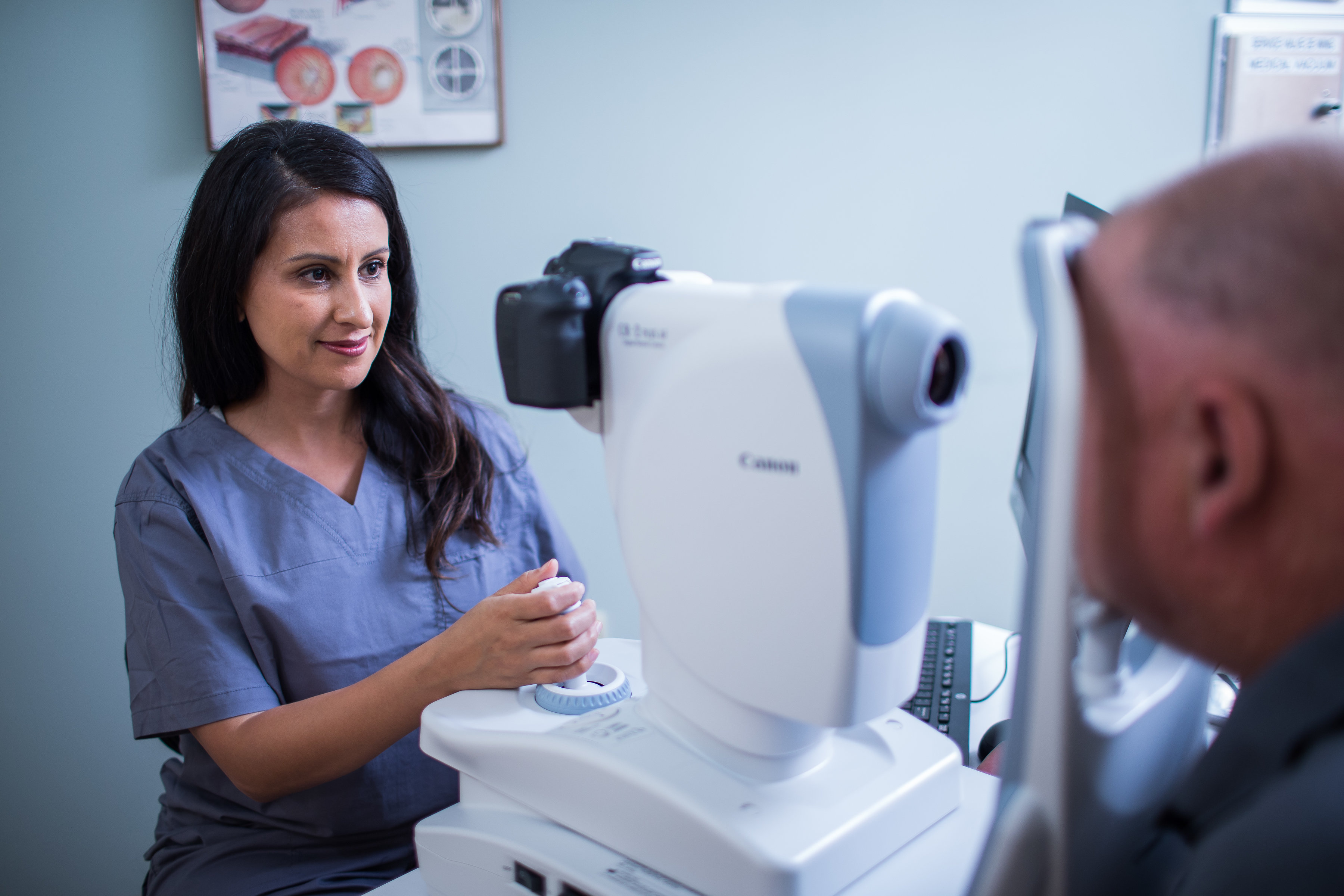Browsing the Labyrinth of Refractive Surgeries: Which Treatment Is Right for You?
In the realm of refractive surgical procedures aimed at remedying vision, the selection of offered treatments can typically seem like a labyrinth, each promising to use clarity and accuracy. As people consider beginning on the journey in the direction of more clear eyesight, the crucial inquiry develops: which treatment is indeed the most appropriate selection?
Comprehending Refractive Surgical Treatment Options

Aspects to Think About Before Choosing
Picking one of the most ideal refractive surgery needs a detailed examination of various elements to make certain optimum results for every individual. Before selecting a procedure, a number of key considerations must be taken into consideration. The individual's overall eye wellness and details vision correction needs play a crucial duty. Elements such as the intensity of refractive mistake, corneal density, student size, and presence of any type of eye conditions need to be completely assessed by a certified eye doctor. In addition, the security of the client's vision prescription with time is important to determine the relevance of surgical procedure.
Clients with active way of lives or specific work-related demands might benefit much more from particular treatments. People involved in contact sporting activities might decide for procedures like PRK over LASIK due to the reduced risk of flap complications.
Comparing Popular Vision Adjustment Treatments
Thinking about the different aspects that affect the selection of a refractive surgical procedure, it is important to compare prominent vision improvement treatments to determine one of the most suitable choice for individual demands. 2 extensively well-known procedures are LASIK (Laser-Assisted sitting Keratomileusis) and PRK (Photorefractive Keratectomy)
LASIK involves creating a slim flap on the cornea, reshaping the underlying cells with a laser, and after that rearranging the flap. It offers rapid recovery and marginal pain, with a lot of clients experiencing enhanced vision practically instantly. On the various other hand, PRK includes removing the outer layer of the cornea prior to reshaping it with a laser. The healing period is longer compared to LASIK, PRK is a much better choice for individuals with thin corneas or certain corneal abnormalities.
When contrasting these treatments, factors like corneal thickness, eye health and wellness, and preferred healing time should be very carefully taken into consideration. Consulting with a seasoned eye doctor is vital to figure out one of the most appropriate treatment based on an individual's specific requirements and eye health and wellness standing.
Personalized Treatments for Private Demands
Tailoring refractive surgeries to meet unique person needs is essential in attaining ideal aesthetic outcomes and contentment prices. Custom-made therapies consider individual variables such as prescription toughness, corneal density, student size, and way of life factors to consider to establish one of the most appropriate procedure for every client. Advanced innovations like wavefront-guided or wavefront-optimized therapies allow cosmetic surgeons to address higher-order aberrations and enhance aesthetic top quality beyond what traditional treatments can provide.

Finding the Right Cosmetic Surgeon for You
When seeking a doctor for refractive hop over to these guys surgery, it is critical to prioritize knowledge and experience in the area. The surgeon you pick will play a substantial function in the success of your treatment and the result of your vision. To find the right cosmetic surgeon for you, take into consideration elements such as their certifications, expertise in refractive visit site surgeries, and the number of treatments they have actually performed.
Begin by researching possible doctors and their credentials. Seek ophthalmologists that are board-certified and have specific training in refractive surgery. Additionally, evaluation patient testimonies and before-and-after images to gauge the cosmetic surgeon's performance history of effective end results.
Throughout consultations, inquire about the doctor's experience with the specific procedure you are thinking about. Ask about their issue prices, success prices, and how they deal with any potential dangers related to the surgery. A proficient and knowledgeable cosmetic surgeon will not only have the technological proficiency yet additionally the ability to personalize the therapy to your specific demands, ensuring the ideal feasible results for your vision adjustment journey.
Conclusion
In verdict, when taking into consideration refractive surgical treatments, it is vital to understand sites the offered alternatives, variables to consider, and the distinctions between prominent procedures. Finding a knowledgeable cosmetic surgeon that can direct you with the maze of options is critical in making sure an effective vision improvement procedure.
In the world of refractive surgical treatments intended at fixing vision, the selection of readily available procedures can usually appear like a labyrinth, each guaranteeing to offer clearness and precision. One usual treatment is LASIK (Laser-Assisted in Situ Keratomileusis), where a laser reshapes the cornea to deal with refractive mistakes such as astigmatism, farsightedness, and nearsightedness. Personalized treatments take right into account specific factors such as prescription strength, corneal density, student size, and way of life considerations to determine the most appropriate treatment for each person. To discover the appropriate cosmetic surgeon for you, take into consideration factors such as their certifications, field of expertise in refractive surgeries, and the number of procedures they have performed.
In final thought, when considering refractive surgical procedures, it is essential to recognize the available options, variables to consider, and the differences between preferred procedures. - andalusia pediatrics